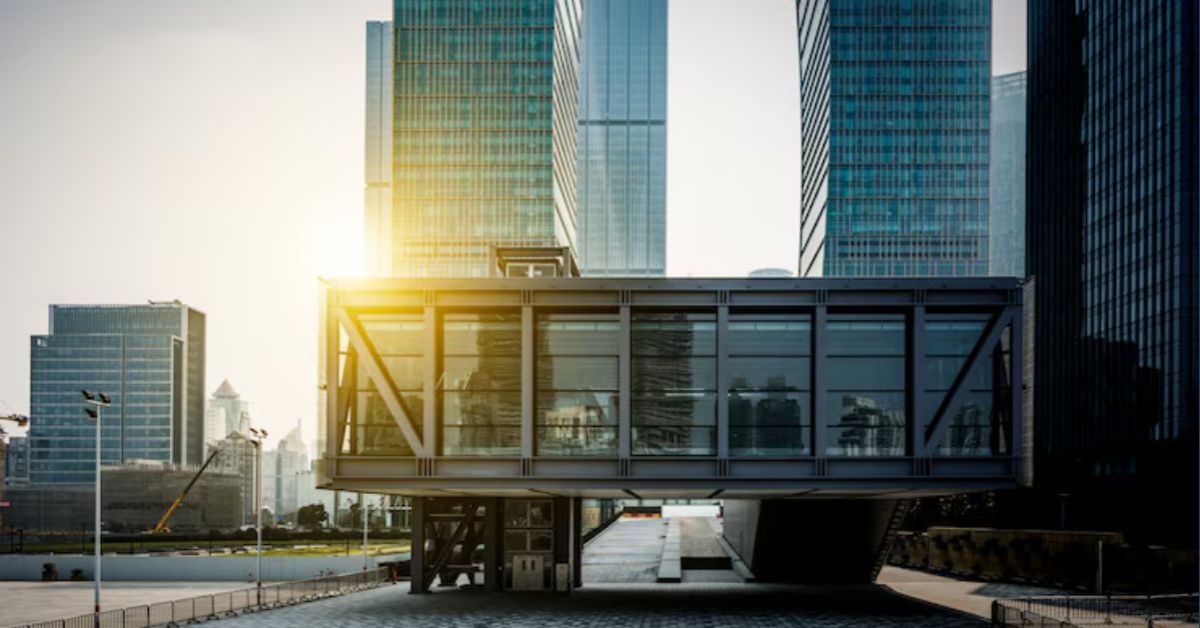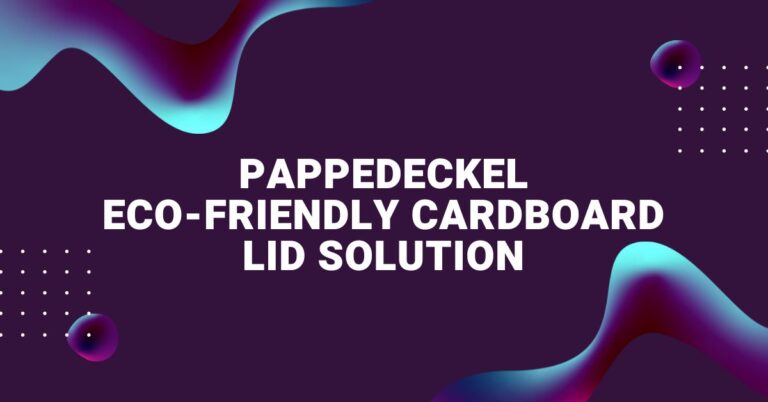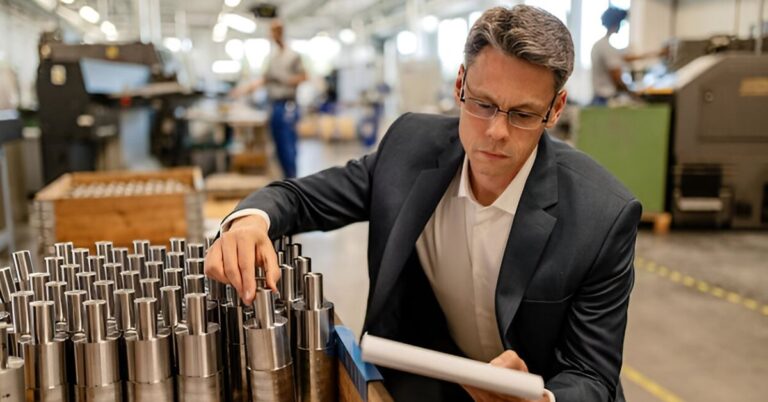Future-Ready Buildings: How Modern Glass Solutions Are Shaping Commercial Architecture

Commercial architecture rapidly evolves as design priorities shift to incorporate new materials, maximize usable space, and bring the outdoors in. Today, it is almost impossible to walk through a city or business district without noticing the widespread use of glass, whether in dynamic curtain-wall facades or transparent office partitions. These sleek surfaces aren’t just for show; they symbolize openness, inclusivity, and a forward-focused mindset in business environments. The use of glass communicates a company’s dedication to innovation and wellness. Savvy developers and designers are now conceptualizing buildings that place transparency at their core, allowing sightlines across workspaces and public areas, and connecting occupants to their surroundings. For readers wanting more insight into professional commercial glass resources, click here for additional commercial glass references and details.
Above all, the trend toward glass-centric design merges both form and function. Floor-to-ceiling windows maximize daylight, making spaces feel larger and more invigorating. Glass divides open-plan floors without blocking light or causing a cramped feeling. In contrast, exterior facades crafted from advanced glass solutions often give buildings an ever-changing character, shifting their look depending on the lighting and viewing angle. The growing interest in incorporating new glass facade technologies pushes the boundaries of what architects can achieve, fostering an environment that supports both productivity and creativity within commercial spaces.
Energy Efficiency and Sustainability
The increasing call for sustainable development is a powerful force shaping construction practices worldwide. Energy conservation is front and center, and glass has emerged as a crucial building block in this mission. Innovators in the glass industry have developed multi-layer glazing systems, low-emissivity coatings, and thermally broken frames. These features create an envelope that drastically reduces heat transfer, keeping indoor temperatures stable and comfortable regardless of the season. For building owners and operators, this translates to significant savings on heating and cooling expenses over the facility’s life.
Moreover, structures featuring these high-performance glass solutions are better positioned to pursue eco-certifications such as LEED, WELL, and BREEAM. These credentials do more than check a regulatory box; they can enhance a property’s value, attract eco-conscious tenants, and even yield tax incentives or lower insurance premiums in certain regions. The U.S. Department of Energy has published extensive research confirming that advancements like high-performance glass directly contribute to national energy reduction targets. By emphasizing energy efficiency, businesses reduce operational costs and cultivate healthier, more pleasant working spaces for everyone.
Safety and Security Innovations
Security concerns and the safety of building occupants are top priorities for commercial facilities, leading to an upsurge in resilient glass products. Laminated glass, made by sandwiching a tough plastic layer between sheets of glass, remains intact even after heavy impacts. This type of glass mitigates the dangers posed by accidental breakage, natural disasters, or forced entry, helping to create a safe work environment. In comparison, tempered glass—often produced by a rapid heating and cooling process—boasts a strength several times greater than standard float glass and, when broken, shatters into small, blunt fragments instead of dangerous shards.
- Laminated glass offers enhanced resistance to break-ins, severe weather, and even some blast events.
- Tempered glass is invaluable in high-traffic or high-risk areas such as entrances, stairwells, and balcony railings.
- Security films are a cost-effective retrofit option. They add a layer of strength to existing panes while maintaining clarity and aesthetics.
These safety features are becoming standard in public spaces such as schools, healthcare centers, and retail environments, where large glass panels enhance visibility without compromising protection. Forward-thinking design can seamlessly blend advanced safety with architectural beauty, supporting all occupants’ well-being and peace of mind.
Aesthetic Flexibility and Visual Appeal
Few materials rival glass in their ability to offer both structure and style. Architects are leveraging the full palette of glass options to craft commercial spaces that stand out and foster a sense of connection to the outdoors. Whether it’s ultra-clear glazing that fades the line between inside and out, or richly tinted and patterned glass for dramatic branding statements, the options are as limitless as one’s imagination. Even within the same building, designers might combine decorative frosted partitions for privacy in conference rooms with transparent panels in open workspaces to facilitate visibility and teamwork.
This range of possibilities allows for the personalization of every commercial property. Glass can soften transitions and direct natural light deep into interior spaces, improving mood, reducing the reliance on artificial lighting, and lowering electric bills. A thoughtfully designed lobby awash with daylight or a shimmering glass staircase can leave a lasting impression on visitors. The harmony achieved by balancing transparency, privacy, and visual rhythm often becomes a signature element, distinguishing a property in a competitive market.
Technological Integration in Glass Applications
Beyond the basics, the demand for more interactive and responsive environments has given rise to innovative glass solutions. Electrochromic and photochromic glass empower building occupants to dynamically control the amount of light, glare, and privacy with a button—or automatically in response to sunlight. These innovations mean spaces can adapt instantly to varying comfort or energy-saving needs throughout the day, making them an attractive option for conference rooms, hospitals, and hotels.
- Electrochromic glazing can switch from clear to tinted, dramatically lowering glare and controlling solar gain without physical blinds or curtains.
- Photochromic glass responds naturally to increased sunlight, perfect for areas exposed to shifting weather conditions.
- Some systems even include integrated photovoltaic cells, turning windows into energy-generating assets.
Integrating these advanced glass technologies with broader building management systems can significantly reduce energy consumption while enhancing occupant comfort. UV protection from specialized coatings helps preserve furnishings and artwork, lowering maintenance and replacement costs. As smart glass adoption increases, buildings become more responsive, adaptable, and healthier environments for work and daily living.
Balancing Costs with Performance
Financial concerns often drive the decision-making process for construction and renovation projects. While state-of-the-art glass systems may have higher up-front installation costs, their lifetime value can be substantial. Lowered utility bills, increased asset value, and extended intervals between major replacements are some returns realized by owners investing in advanced commercial glass.
Beyond the energy savings, investing in modern glass can bring indirect economic benefits. Enhanced aesthetics and comfort can attract high-profile tenants, improve retention rates, and provide a marketing edge in a crowded marketplace. There’s a growing number of incentives and rebates for projects that choose certified energy-efficient glass solutions, helping offset the initial costs. Advanced glass is a wise choice for owners and managers looking for practical upgrades with measurable ROI, blending operational savings with elevated experiences for years to come.
Real-World Examples of Modern Glass Use
A walk through any major city highlights how businesses use glass to make bold statements. Skyscrapers often feature entirely glazed exteriors, allowing sunlight to flood offices and offering breathtaking views—features that appeal to executives and staff. Hospitals use large atrium windows to create uplifting, navigable spaces for patients and visitors while boosting recovery rates by providing access to natural light and outdoor views.
In retail, glass storefronts increase visibility from the street and beckon customers inside, where adaptable, movable glass partitions reshape spaces as needed for events or seasonal promotions. Even small businesses recognize the benefits: glass partitions create quiet meeting zones within open offices or convert a workspace into a collaborative hub at a moment’s notice. These diverse uses show that glass isn’t limited to aesthetics—it supports users’ and businesses’ daily success and satisfaction.
The Future of Commercial Glass in Architecture
Looking ahead, the possibilities for commercial glass seem brighter than ever. Researchers are developing self-cleaning coatings that reduce maintenance and glass that can display dynamic digital content or change color for branding and wayfinding. The circular economy will play a significant role, with recycled-content glass gaining traction as projects strive for rigorous sustainability targets.
Artificial intelligence and machine learning are beginning to influence how glass systems interact with other building technologies, automating everything from shading to ventilation. These innovations point towards a future where glass isn’t just a passive building element, but an intelligent, dynamic part of the building’s operation. As the drive for comfort, well-being, and green solutions continues, glass will remain pivotal in shaping iconic, future-ready commercial architecture that stands the test of time.






